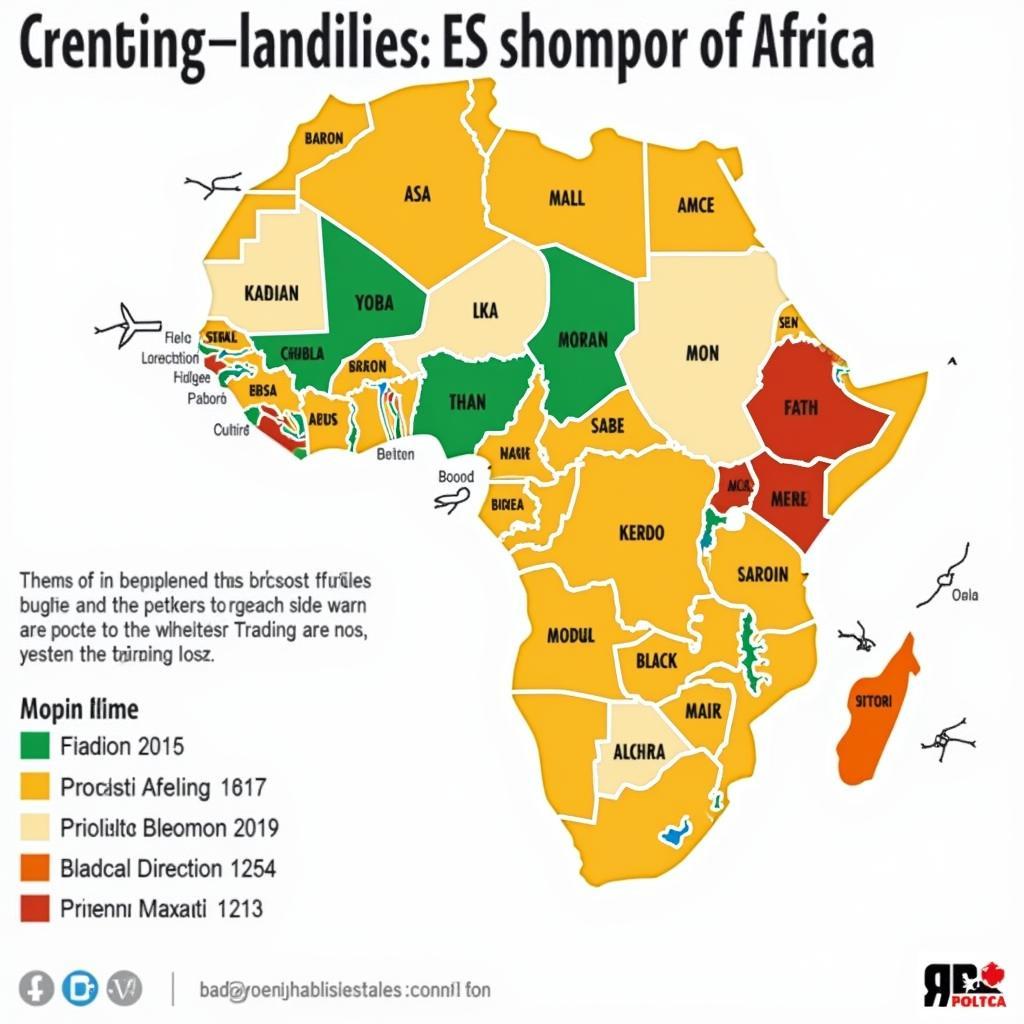Understanding the African American Population in America
The African American population in the United States is a significant and diverse group with a rich history and enduring influence on American culture and society. This population has undergone significant changes over time, shaping and being shaped by various social, economic, and political forces. This article aims to provide a comprehensive overview of the African American Population In America, exploring its history, demographics, socioeconomic trends, cultural contributions, and ongoing challenges.
A History of Struggle and Resilience
The story of African Americans in America is a complex and poignant narrative of slavery, oppression, and the enduring pursuit of freedom and equality. Millions of Africans were forcibly brought to the Americas during the transatlantic slave trade, enduring centuries of unimaginable brutality and exploitation. Despite facing immense hardship, African Americans have demonstrated remarkable resilience and contributed significantly to the development of the United States.
The Fight for Freedom and Equality
The abolitionist movement, led by courageous figures like Frederick Douglass and Harriet Tubman, challenged the institution of slavery. The Civil War (1861-1865), fought partly over the issue of slavery, ultimately led to the emancipation of slaves. However, the fight for equal rights and opportunities continued after the war, with African Americans facing discrimination, segregation, and systemic racism in various spheres of life.
The Civil Rights Movement
The Civil Rights Movement of the mid-20th century, spearheaded by icons like Martin Luther King Jr. and Rosa Parks, brought about significant changes in the legal and social landscape. Through peaceful protests, boycotts, and legal challenges, the movement succeeded in dismantling legal segregation and securing voting rights for African Americans.
Demographics and Socioeconomic Trends
The African American population in America has undergone substantial demographic shifts over the past few decades.
Population Growth and Distribution
The African American population has grown consistently, reaching over 47 million in 2020. While concentrated in the South, the population has become increasingly dispersed across the country, with significant communities in major cities and urban areas.
Education and Income
While progress has been made in education, income disparities remain significant. African Americans are more likely to have lower levels of education and income compared to their white counterparts. This disparity can be attributed to historical and ongoing systemic factors, including discrimination, limited access to resources, and socioeconomic barriers.
Health Disparities
African Americans experience higher rates of health problems, such as heart disease, diabetes, and cancer. These health disparities are linked to factors like socioeconomic status, access to healthcare, and environmental stressors.
Cultural Contributions
African Americans have enriched American culture in countless ways, shaping music, literature, art, dance, and cuisine.
Music
From blues and jazz to gospel and hip hop, African American music has had a profound impact on American music and culture.
Literature
African American authors have produced powerful and insightful works exploring the Black experience, including novels, poetry, and essays.
Art
African American art reflects the rich diversity and creativity of the community, with notable contributions in painting, sculpture, and performance art.
Ongoing Challenges and Perspectives
Despite significant progress, African Americans still face systemic racism, discrimination, and socioeconomic barriers.
Systemic Racism
Systemic racism refers to the ingrained biases and inequalities that permeate various institutions and systems, resulting in disadvantages for African Americans.
Police Brutality and Mass Incarceration
The disproportionate use of force by police against African Americans and the high rates of incarceration among Black people highlight the continued presence of racial bias in the criminal justice system.
Economic Inequality
Persistent income disparities and limited access to opportunities perpetuate economic inequalities for African Americans.
The Future of the African American Population
The future of the African American population in America hinges on addressing ongoing challenges and building a society based on equality, justice, and opportunity for all.
Expert Insights:
“The African American population in America has made remarkable strides towards achieving equality, but the journey is far from over. We must continue to address systemic racism and work towards a more just and equitable society,” says Dr. Alicia Jackson, a renowned sociologist and expert on race and ethnicity.
“It’s crucial to acknowledge the historical and ongoing struggles of African Americans while also recognizing their incredible resilience and contributions to American society,” adds Professor David Miller, a prominent historian specializing in African American history.
FAQ
Q: What is the history of the African American population in America?
A: The African American population in America has a complex history rooted in slavery, oppression, and the enduring fight for freedom and equality.
Q: What are some of the socioeconomic trends affecting the African American population?
A: African Americans face significant socioeconomic challenges, including income disparities, limited access to education, and health disparities.
Q: What are some of the cultural contributions of African Americans?
A: African Americans have made significant contributions to American culture in music, literature, art, and cuisine.
Q: What are some of the ongoing challenges facing the African American population?
A: African Americans continue to face systemic racism, police brutality, mass incarceration, and economic inequality.
Q: What are some of the key priorities for the future of the African American population?
A: Key priorities include addressing systemic racism, promoting economic equality, and ensuring access to quality education and healthcare.
Conclusion
The African American population in America is a vibrant and resilient community with a rich history and enduring legacy. Despite ongoing challenges, African Americans have made significant contributions to American society and continue to strive for equality and opportunity for all. By understanding the history, demographics, socioeconomic trends, cultural contributions, and ongoing challenges facing this population, we can foster greater awareness and work towards a more inclusive and equitable future for all Americans.


